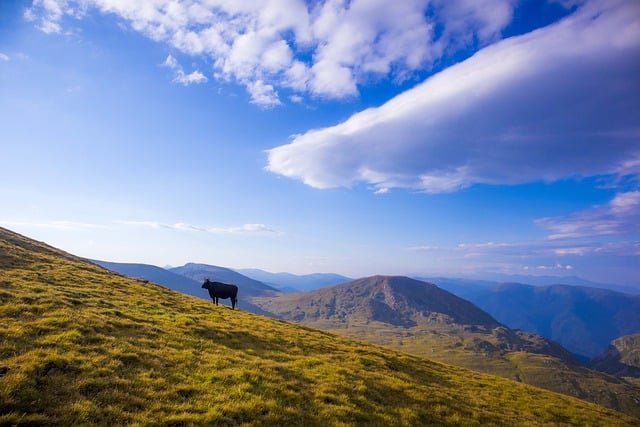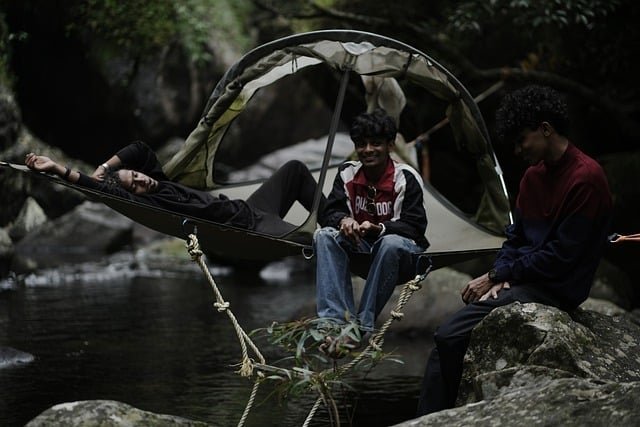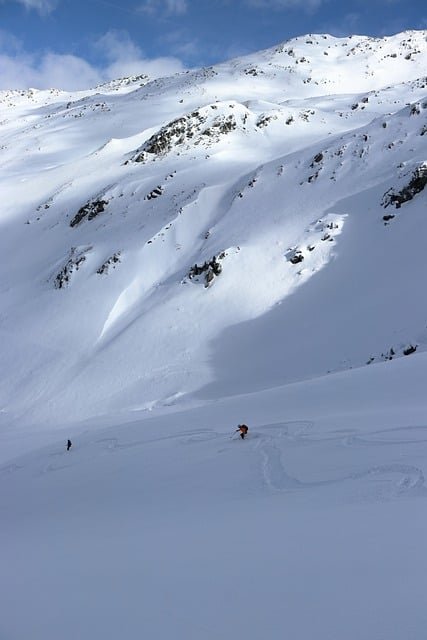
Cycling uphill can be a challenging and strenuous task, requiring both physical strength and endurance. In order to conquer those steep inclines, your body relies on a specific group of muscles to power you through. These muscles play a crucial role in pedaling, maintaining balance, and keeping your body stable as you ascend. Let`s take a look at the key muscles involved in cycling uphill and how they work together to get you to the top.
The quadriceps, also known as your thigh muscles, are the primary muscles used when cycling uphill. Located on the front of your thighs, these muscles are responsible for extending your leg at the knee, propelling the pedal forward and pushing the bike up the hill. The stronger your quadriceps are, the more force you can generate with each pedal stroke, making climbing easier and less tiring.
In addition to providing the power needed to pedal uphill, the quadriceps also play a vital role in stabilizing your knee joint. As you push down on the pedal, your quadriceps contract and help keep your knee in proper alignment. This way, they protect your knee from potential injuries that can occur due to the constant stress of pedaling up steep inclines.
Located in your buttocks, the gluteal muscles are another set of major muscles used when biking uphill. The gluteus maximus, medius, and minimus, work together to achieve a smooth motion as you pedal and help stabilize your body on the bike.
The main function of these muscles is to extend the hips, which is critical when you`re pushing up a hill. They also play a role in balancing your lower body and keeping your body centered on the bike. As you climb, your body naturally leans forward, and your gluteal muscles prevent you from toppling over, allowing you to maintain a steady rhythm without losing control.
The hamstrings are the muscles on the back of your thighs, responsible for bending your knee and bringing your heel towards your buttocks. While they may seem secondary to the quadriceps, these muscles are crucial for endurance when cycling uphill.
As you ride up a hill, your hamstrings kick in to help pull the pedals back up, giving your quadriceps a break from the constant contraction. This way, your legs can work together more efficiently, preventing muscle fatigue and allowing you to continue pedaling uphill for longer periods.
The calf muscles, including the gastrocnemius and soleus muscles, are located at the back of your lower legs. They are responsible for pushing the pedals down, providing the power to keep you moving forward uphill. The calf muscles work in conjunction with the quadriceps to generate the necessary force to pedal and help maintain your balance and stability on the bike.
These muscles also play a critical role in the downward motion of pedaling, allowing you to complete a full pedal stroke. As you push down on the pedal, your calf muscles contract, and when you pull the pedal back up, they stretch and prepare for the next downward push.
Though often overlooked, your core muscles also play an essential role when cycling uphill. Your core includes your abdomen, back, and hips, all of which work together to support your upper body and maintain balance on the bike.
When you`re biking uphill, your core muscles help keep your upper body stable and prevent your body from swaying side to side. They also aid in generating power and transferring it from your upper body to your legs, allowing you to pedal harder and faster up the hill.
Cycling uphill requires the coordinated effort of various muscle groups in your body. The quadriceps, gluteal muscles, hamstrings, calf muscles, and core muscles all work together to power you up the steep inclines and keep you balanced along the way. To improve your uphill cycling game, it`s essential to strengthen and condition these muscles through a combination of targeted exercises and regular biking sessions. With time and practice, you`ll develop the muscle strength and endurance needed to conquer any hill in your path.







Join our newsletter community for exclusive updates, offers, and more. Sign up now to stay in the loop!
© Outdoor-Expedition. All Rights Reserved. Design by HTML Codex